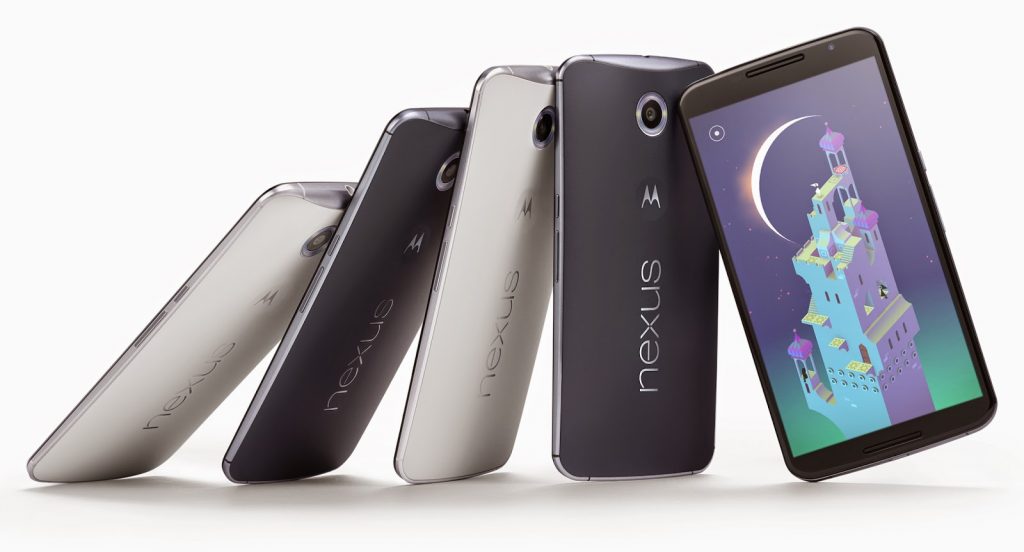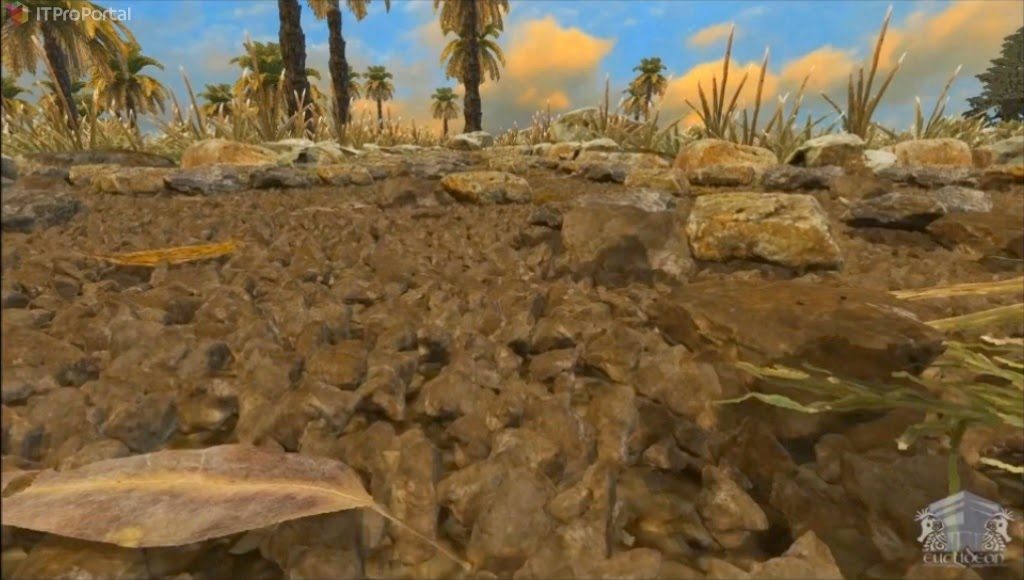Well, it's that time of year again: Google I/O time, where one of the most important companies of the 21st century takes to the stage to talk about what's next for their many properties—most importantly to some, Android. While rumors have circulated predicting the cessation of Google-branded Nexus devices and it's unlikely we'll see any new entries to the product line over the next few days, there's still plenty to love about the most recent Nexus products, specifically the Nexus 6. Following a troubled launch and Android 5.0 bugs that had to be patched out, it seemed at first this giant-screened phone (I refuse to use the word 'phablet') was just not destined for greatness. But time has passed, the Nexus 6 is now readily available, and Android 5.1 has mostly solved the performance issues of its predecessor. Even with new Nexus devices potentially on the horizon later this year, is it finally the Nexus 6's time to shine? I say yes.

Image credit PocketNow
Build
There's no getting around it: the first thing anyone's going to think about when they first lay eyes on the Nexus 6 is it's massive display. At 5.96 inches it shadows even the Samsung Galaxy Note series, and first impressions may lend to feeling the device is just too big for everyday use.
Put simply, don't trust those impressions—not for a second.
Any fears I myself had of the Nexus 6 being too large were completely unfounded. For reference, I'm 5' 7" and have basically average hand size for my height, and I have absolutely no issue using the Nexus 6 one-handed. It demands being held a bit differently, sure, but the smooth, curved back is really well designed to fit in the hand and keep a firm grip on the device at all times.
And the payoff is a massive QHD display (that's 1440x2560) that is simply a joy to do...well, anything on. At 493 PPI text is crisp even at small font sizes, HD and UHD videos look fantastic, and games have never looked better. The screen isn't as color accurate as could be, with a pretty noticeable salmon tint to it, but a third-party white balance app solves this issue. No, it shouldn't be necessary, but the screen isn't really that bad to begin with, and only a few will be bothered enough to want to do something about it. Moral of the story: if you want to, you can.
All in all, the Nexus 6 is a really solid device. It's a delight to hold and use, the large display poses no actual problem for usability, call quality is good on both ends, and little features like great front-facing speakers and a textured power button (to avoid confusion with the volume rocker) just add icing on the cake. The camera's only so-so and the (non-removable) backplate tends to show fingerprints, but minor quibbles aside it's a great enough phone that using anything else feels small and awkward by comparison.
Battery
But all those features have to be powered somehow, and as a result battery life on the Nexus 6 is a very mixed experience. But the good news is that when it's good, it's really, really good. I use DS Battery Saver on all my Android devices, and while on sleep the Nexus 6's 3220 mAh battery loses practically no juice at all. Simple tasks like web browsing and editing documents likewise yields excellent performance, but the weakness of this device is undoubtedly anything that uses its Adreno 420 GPU. Playing graphics-intensive games is almost downright impractical what for how fast the battery drains, which is a big shame considering how silky smooth gaming is thanks to the Nexus 6's beefy hardware. Motorola's Turbo Charge technology certainly alleviates the majority of battery woes, offering a 70% charge in just 15 minutes, but that's still 15 minutes hooked up to the wall with a special charger (included in the box), so if you find yourself away from home—which incidentally is likely when you'll find yourself wanting to use the device the most—you'll have to play judiciously.
Power
...Because while it lasts, the Nexus 6 is a pretty fantastic little number-crunching machine. It comes packing a 2.7GHz quad-core Snapdragon 805 and a whopping 3GB of RAM, and while that might sound like overkill to anyone used to dealing with much less horsepower on their smartphone, there's no question Android benefits from the extra grunt. Navigation is silky smooth all throughout the OS, Android Lollipop's numerous animations never drop a frame, web pages load in the blink of an eye, and the number of apps that can be open simultaneously is a breath of fresh air. Even on 2GB smartphones and tablets it's fairly easy to exceed memory usage and get background tasks to suspend, but with an extra gig the Nexus 6 offers true multitasking even with more demanding apps. The gap between desktop and mobile hardware is closing fast and never has that been more apparent, or as apparently a good thing.

Conclusion
Several months after its debut, the Nexus 6 hasn't fallen behind an inch. In fact, with software updates and the advent of some third party apps to aid the experience, it's only gotten better and better. More than ever stock Android has become the way to roll, and with Google shutting down its 'Play Edition' lineup of third-party devices the Nexus line is a bastion of simplicity as a virtue. Don't let the massive screen of the Nexus 6 intimidate you—this is a device well worth the initial scarcity, and well worth opting for now even with potential new devices on the horizon. If the leaked specs are anything to go by it's possible the Nexus 6 will be just as powerful anyhow, and thanks to great hardware design it's not likely the user experience of the Nexus 6 will be surpassed too soon, either. If you're in need of a new Android phone, you still can't go wrong with this one.










